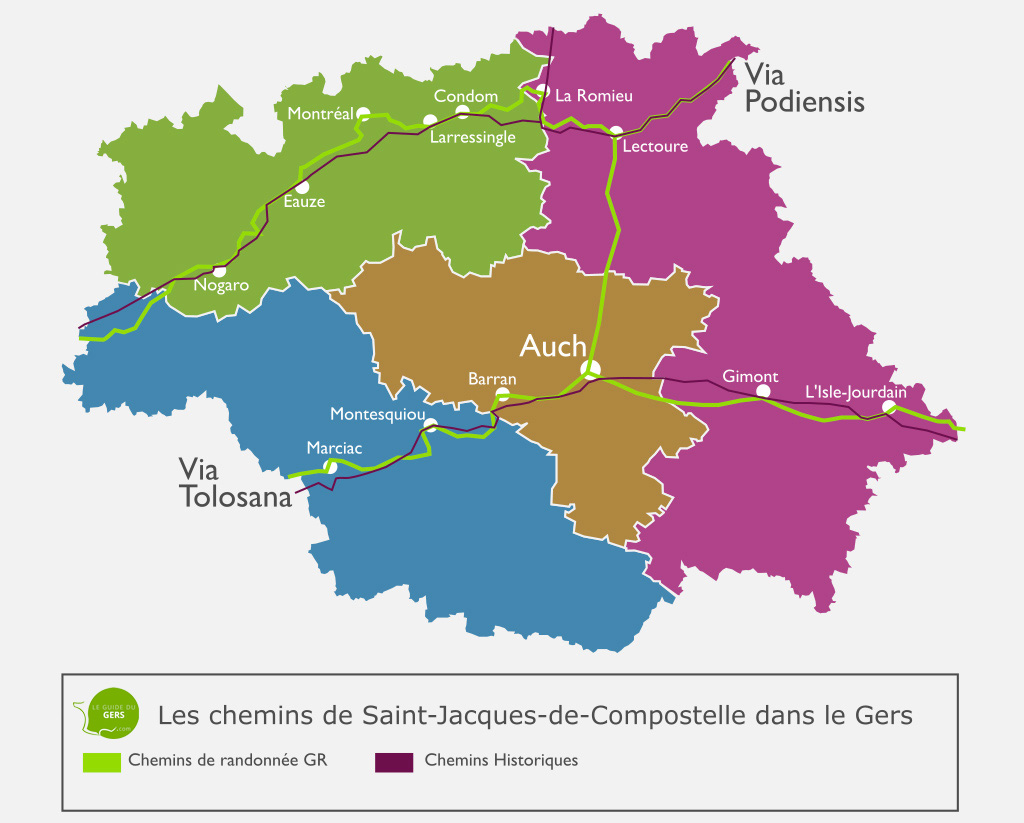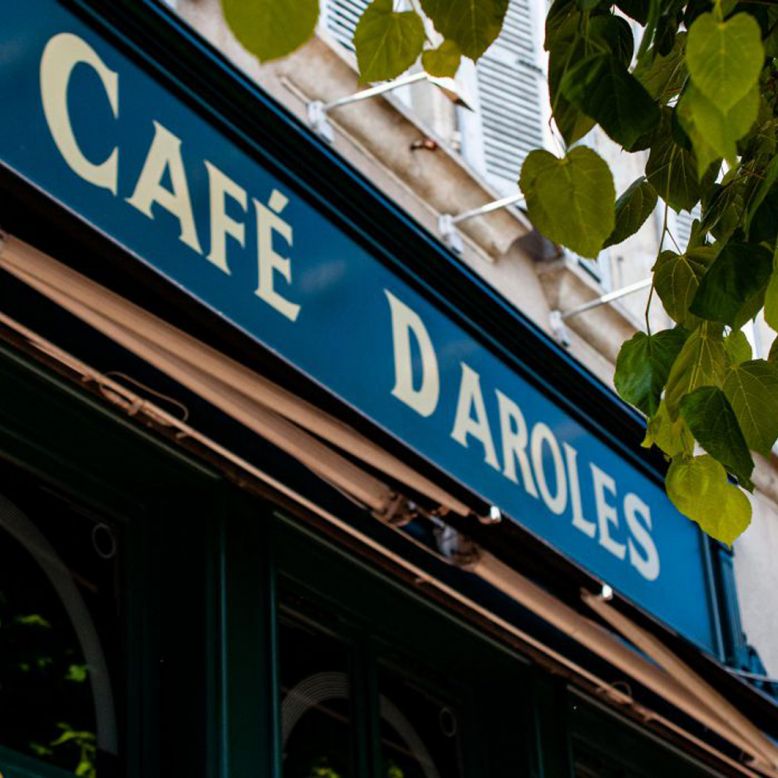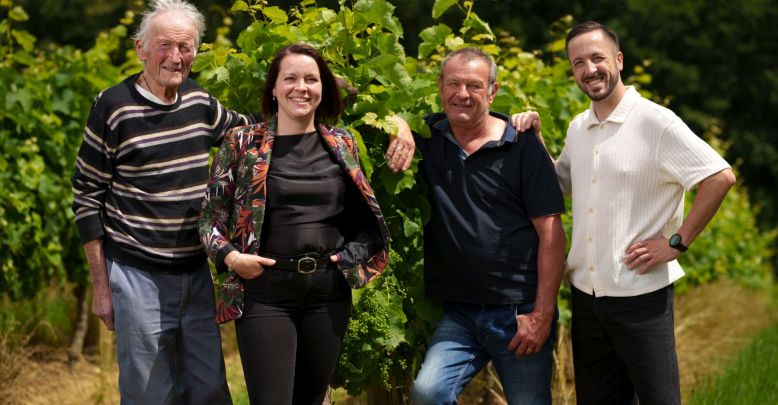- Home page
- Tourism
- Discover
- Pilgrimage to Santiago de Compostela in the Gers
- Discover
- Tourism
Pilgrimage to Santiago de Compostela in the Gers
Automatic translation
The Gers is crossed by 2 paths to the pilgrimage site of Santiago de Compostela in Spain. The Via Podiensis (from Arles) and the Via Tolosana (from Toulouse) pass respectively to the north and south of the territory. The GR65 follows part of the route of these historic routes.
Many people take advantage of these routes to discover the rural and welcoming territories of the Gers, its many towns and villages of great interest that mark the paths. The religious heritage, the abbeys, the cathedrals, the churches, the historical monuments and the culture of the Gers allow pilgrims to really appreciate their crossing. On foot, by bike, on horseback... The paths of Saint-Jacques await you.
Santiago de Compostela, a religious initiatory path or simply one of pleasure
The formidable history of this pilgrimage began in the 11th century. Unable to go to Jerusalem because of the ongoing geopolitical and religious unrest, believers took the roads to Rome and Santiago, Santiago de Compostela for their holy marches. The first official route, which is also the most frequented, the Camino Francès, was made official. Even today, it brings together the routes coming from France and northern Europe. The pilgrimage was very famous in the 13th century! However, European wars and conflicts slowed the flow of walkers from the 14th century and Louis XIV even banned these marches.
In 1879, a renewed interest in Santiago de Compostela was noted with the rediscovery of the holy relics. The entire 20th century was marked by the ever-increasing popularity of the paths to Santiago, among believers, but not only! Art lovers, sportsmen, hikers, young people and the elderly now joined the religious. The Spanish (the majority of pilgrims), Italians, Germans, Americans, Portuguese and French tried out their sneakers on the paths. In 2015, 180 nationalities were counted on the roads to Compostela !
Why do they walk ? They walk for the therapeutic dimension (the " caminotherapy "), for the sporting challenge, to clear their minds and take a break from everyday life and of course, for religious reasons.
Compostela in the Gers
France is crossed by 4 main routes, two of which pass through Gers:
- The Via Podiensis, which starts from Puy-en-Velay and passes through La Romieu ;
- The Via Tolosana, which starts from Arles, passes through Toulouse and Auch.
Outside Gers:
- The Via Lemovicensis passes through Limoges;
- The Via Turonensis passes through Paris and Tours, then Bordeaux.
The Gers Guide set off on the Via Podiensis, a route to Santiago de Compostela, which crosses the Gers .
Since 1987, the routes of Santiago de Compostela in France have been declared "Cultural Routes of the Council of Europe", a label which promotes historical or heritage routes in Europe.
Since 1998, 71 monuments on the paths have been listed as UNESCO World Heritage Sites. This represents 7 sections of the GR65. Associations are campaigning for new places to be listed in the coming years.
Santiago de Compostela in practice
Want to explore the Gers following the paths of Santiago de Compostela? Choose your route. You have the choice between the Via Podiensis and the Via Tolosana. You can even do a mix between the two by taking the side path that connects Lectoure to Auch.
The first thing to do is to get your pilgrim's notebook, the credencial. Whether you walk for the religious side or for the pleasure of walking these roads, you will need it to validate your stages of passage and justify the nature of your trip. If you cross the border to Spain, it is essential for lodgings, hotels, restaurants and other free or discounted titles granted to pilgrims. You can obtain it from the holy places and to preserve it, by doing part of the journey at several moments in your life. This is what many pilgrims do who travel a few stages, pieces of the road, each year.
Once you arrive in Santiago, if you present your credencial and you have done at least the last 100 kilometers on foot (or 200 by bike), you will have the " compostella ", an official stamp.
Equip yourself with a good backpack and walking shoes. The pilgrimage routes have become traffic routes and are also used by many people. They are therefore rather safe and well marked. Infrastructure has developed since the 11th century, along the way: shelters, accommodation, catering...
Financially, the biggest expenses are accommodation, then food.
Trade benefits from the passage of pilgrims, without abusing it. In Lectoure, for example, there are more than 4,000 people passing through the town from the Via Podiensis . Restaurants, accommodation and guest houses are open to pilgrims for often very affordable prices. A community is created on the road and meals are moments of conviviality, sharing and solidarity.
To find accommodation and restaurants and organize the practical side of your trip, get the Miam Miam Dodo guide , the best known, the " pilgrim's bible ".
An anecdote for the road... Do you know why the famous shell is associated with the pilgrimage?
In Galicia, there are many Pectens, these large grooved shells, also associated with Venus, the Goddess of Love, in the waters. Pilgrims have always brought them back as trophies, as a testimony, a souvenir of their journey. Today, the scallop shell is the official emblem of the Way of Saint James and is available in sculptures and nails made by founders on the pilgrimage routes.
Logis Hôtel de Bastard
Logis Hôtel de Bastard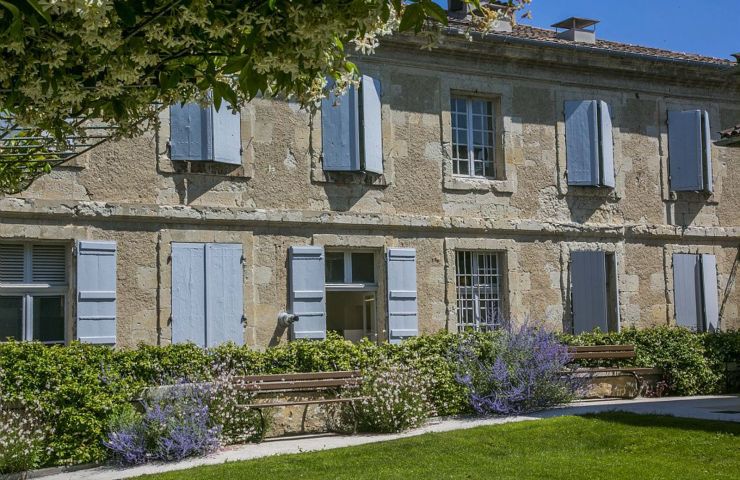
BASTARD HOTEL RESTAURANT IN LECTOURE: A HISTORIC AND REFINED SETTING IN THE GERS A charming hotel in the heart of ...
171 m - Lectoure
Logis Hôtel de Bastard
Logis Hôtel de Bastard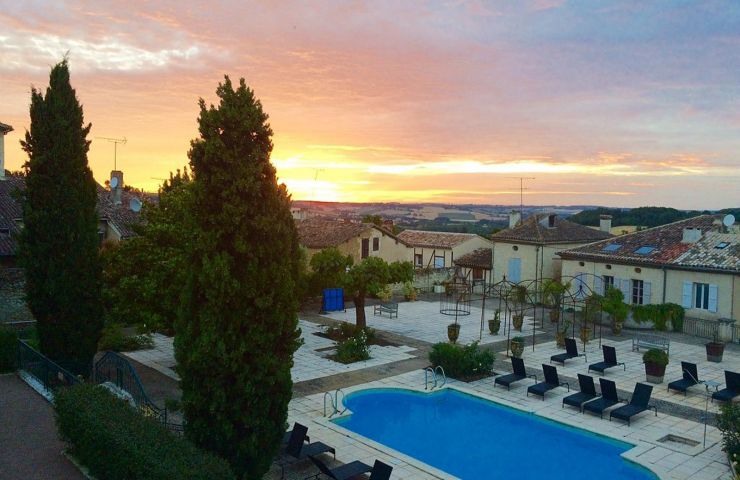
THE CHARM OF THE RESTAURANT AT THE HOTEL DE BASTARD IN LECTOURE An exceptional place steeped in history in the heart ...
172 m - Lectoure
Domain of Boulouch
Domain of Boulouch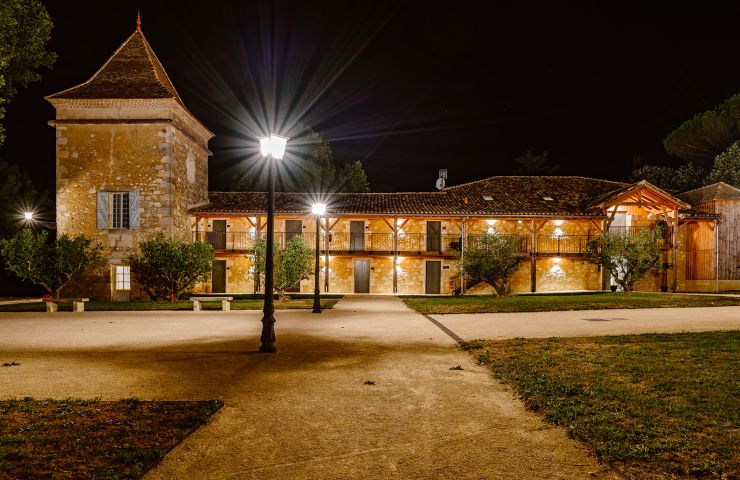
THE WOODEN CABINS OF THE DOMAINE DE BOULOUCH: UNUSUAL ACCOMMODATION IN THE HEART OF NATURE (OPENING 2027) Cabins on ...
2,9 km - Lectoure
Have a good trip !
OUR CITY GUIDES IN EUROPE

